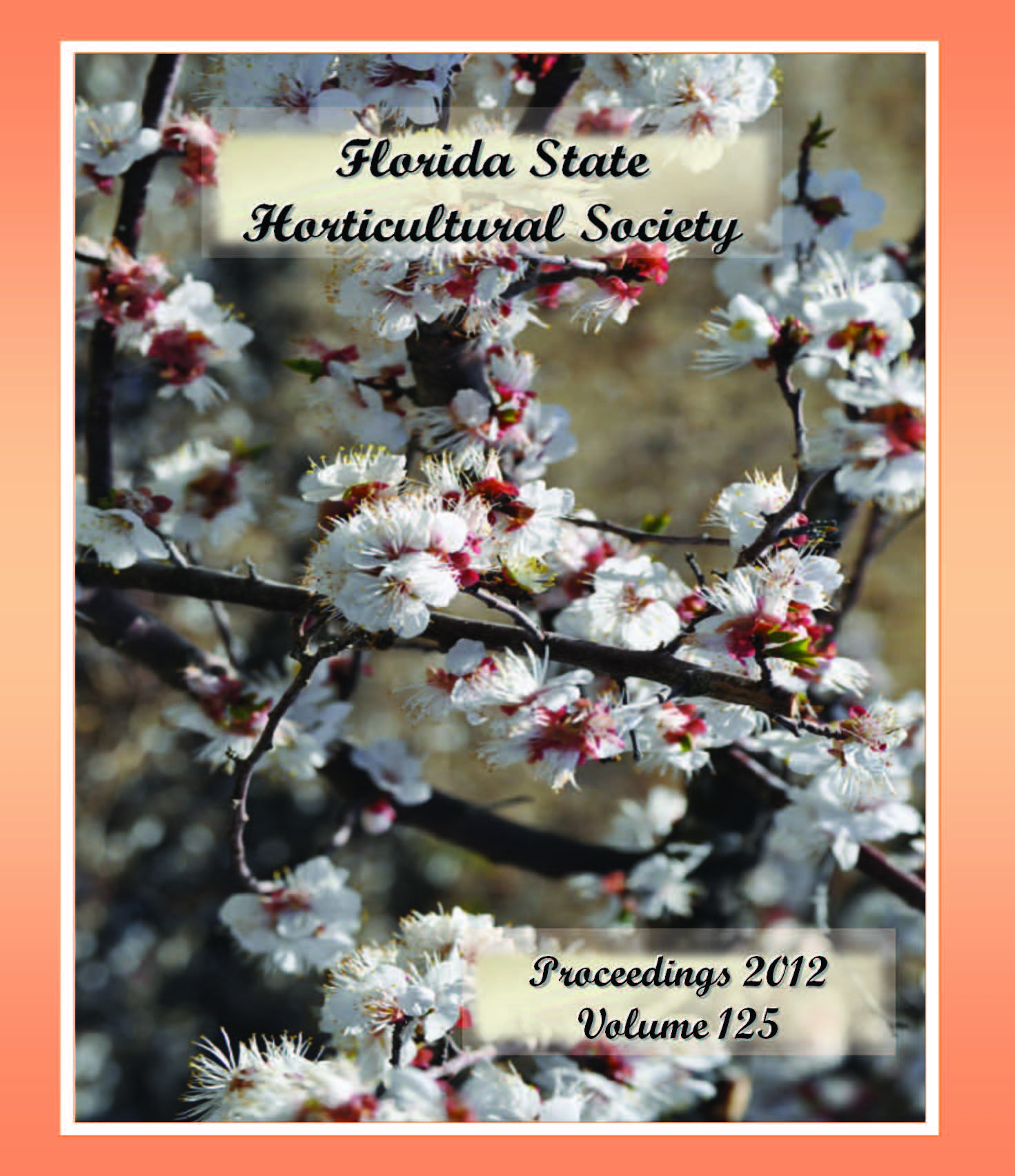Susceptibility of Common Rootstocks and Scions to Foliar Citrus Canker under Florida Conditions
Resumen
Citrus canker (Xanthomonas citri subsp. citri) has been introduced into Florida numerous times. The most recent eradication efforts were suspended in 2006 after a series of hurricanes in 2004 and 2005 spread the disease statewide. In central Florida, seedlings of 10 rootstocks and trees of 8 scion cultivars were evaluated for canker after being established for 9 to 18 months in a trial of nonbearing trees planted adjacent to young grapefruit trees that were highly infected with citrus canker. All rootstocks and scions were susceptible to foliar citrus canker to varying degrees. Rootstocks were ranked as predicted by the known susceptibility of the parental genotypes to citrus canker. Swingle citrumelo (trifoliate hybrid with grapefruit) was the most susceptible, followed by Carrizo and Kuharske citrange (trifoliate hybrid with sweet orange), and sour orange (pummelo parentage). Seedlings of X639, US812, and US897 (trifoliate hybrids of Cleopatra mandarin or Sunki) were moderately susceptible. Volkamer lemon, Cleopatra mandarin, and Kinkoji leaves were the least susceptible rootstocks. Within the scion varieties, ‘Minneola’ tangelo, ‘Murcott’ tangor, ‘Valencia’, ‘Fallglo’ tangerine, ‘Sunburst’ tangerine, and ‘Orlando’ tangelo exhibited low susceptibility. ‘Ponkan’ (mandarin hybrid) and ‘Satsuma’ mandarin were the least susceptible of the scion varieties.

